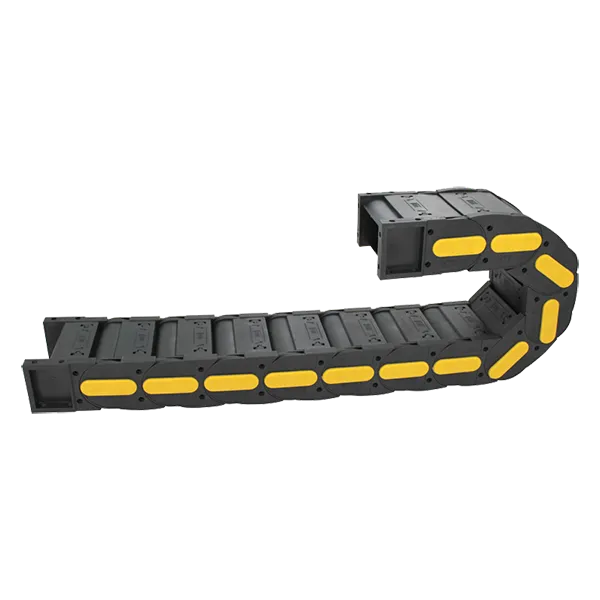Exploring the Benefits and Applications of Energy Chain Cable Carriers in Modern Industries
Understanding Energy Chain Cable Carriers An Essential Component of Modern Mechanics
In today's advanced machinery and engineering environments, the demand for efficient movement of cables and hoses has led to the evolution of various systems designed to address this need. Among these systems, energy chain cable carriers stand out as vital components that enhance operational efficiency, safety, and performance.
What Are Energy Chain Cable Carriers?
Energy chain cable carriers, often referred to as cable carriers or drag chains, are flexible conduit systems that organize and protect moving cables and hoses in machines and equipment. They serve a critical role in various industries, including manufacturing, automation, and robotics, where machinery components must move repetitively and seamlessly without interference or damage.
The primary function of an energy chain is to guide and manage the movement of electrical cables, pneumatic hoses, and hydraulic tubes during machine operation. By holding these components in a structured manner, energy chains minimize wear and tear, preventing potential failures that could arise from entangled cables or hoses.
Design and Functionality
Energy chains are typically composed of a series of interlinked plastic or metal links that allow for flexibility while still providing protection against physical damage. They come in various sizes and designs, optimized to support different types of cables and hoses. The carrier consists of an inner space where cables and hoses are housed, and its outer structure is designed to endure various environmental factors, including dust, moisture, chemicals, and extreme temperatures.
One of the significant advantages of energy chain systems is their versatility. Many modern energy chains can be customized to accommodate a wide range of applications, from small-scale machinery to large industrial setups. The open design of cable carriers allows for easy installation and maintenance, as users can quickly access the cables when necessary without needing to disassemble extensive machinery.
Applications Across Industries
Energy chain cable carriers find applications across diverse sectors, enhancing productivity and reliability. In manufacturing environments, they are essential in CNC machines, robotic arms, and assembly lines, ensuring that electrical and hydraulic connections remain intact and organized during swift movements.
energy chain cable carrier

In the entertainment industry, energy chains manage lighting and sound equipment during live performances, allowing for smooth and safe operations. In the automotive sector, they are vital for robots and conveyors on production lines, facilitating the assembly of vehicles with precision and efficiency.
Additionally, energy chain cable carriers are instrumental in wind power, where they can be seen managing cables within turbines, as well as in aerospace applications, where they help maintain systems in flight control and attachment to automation systems
.Benefits of Energy Chain Systems
The advantages of using energy chain cable carriers extend beyond mere organization. Here are some key benefits
1. Durability Energy chains are built to withstand wear and tear, reducing maintenance costs and increasing the lifespan of cables and hoses. 2. Safety By properly organizing cables and hoses, energy chains reduce the risk of accidents caused by entangled or exposed cables, contributing to a safer working environment.
3. Efficiency With improved organization and protection, machinery can operate more smoothly and efficiently, which translates to higher productivity rates.
4. Customization Energy chains can be tailored to fit specific applications and environments, allowing for greater flexibility in design and operation.
5. Improved Performance With reduced friction and interference, systems using energy chains can function at optimal levels, ensuring consistent performance over time.
Conclusion
In conclusion, energy chain cable carriers are critical components in modern machinery and automation systems. These ingenious devices not only organize and protect essential cables and hoses but also enhance the overall efficiency and safety of industrial operations. As technology continues to evolve, the importance of energy chain systems will only increase, supporting the growing demand for reliability and performance in a wide array of applications. Whether in manufacturing, entertainment, automotive, or aerospace industries, energy chains stand as unsung heroes, tirelessly working behind the scenes to ensure that machinery operates at peak efficiency.








